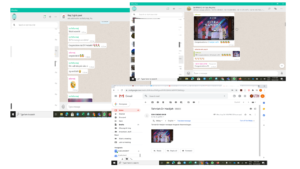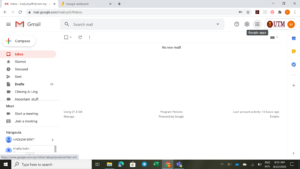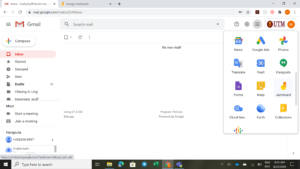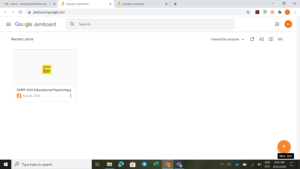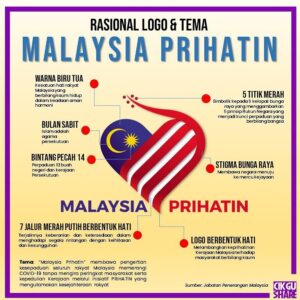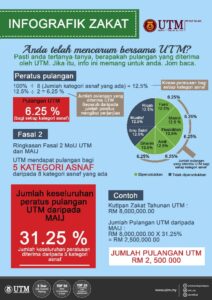7 Muharram 1442H
Firman Allah SWT:
﷽
قُلْ أَنفِقُوا طَوْعًا أَوْ كَرْهًا لَّن يُتَقَبَّلَ مِنكُمْ ۖ إِنَّكُمْ كُنتُمْ قَوْمًا فَاسِقِينَ [التوبة : 53]
Ertinya: “Katakanlah: “Dermakanlah harta kamu sama ada dengan sukarela atau kerana terpaksa, tidak sekali-kali akan diterima daripada kamu, (kerana) sesungguhnya kamu adalah orang-orang yang fasik.” (Surah At-Taubah: 53)
Keterangan Ayat:
1. Sebab turun ayat: Ketika orang munafik ingkar untuk keluar berjihad bersama Rasulullah SAW dan mereka hanya ingin memberi sumbangan harta!
2. Allah SWT tidak akan menerima sumbangan mereka! Sama ada mereka memberikan sumbangan secara sukarela atau terpaksa!
3. Sumbangan mereka tidak diterima kerana mereka adalah orang yang fasik! Mereka tidak beriman dan tidak taat kepada perintah Allah!
Rujukan tafsir: At-Tabari, Al-Qurtubi, Ibn Kathir dll.
Antara Petunjuk Ayat:
1. Tidak semua sumbangan harta diterima oleh Allah! Hanya sumbangan yang cukup syarat sahaja yang diterima!
2. Sumbangan orang munafik tidak diterima oleh Allah! Mereka ragu-ragu kepada agama Allah! Mereka melanggar perintah Allah!
3. Sumbangan harta yang diterima oleh Allah SWT adalah sumbangan yang diberikan dengan keimanan dan keikhlasan!
Kaedah Beramal:
1. Hendaklah kita memberi sumbangan dengan mengikut perintah Allah! Bukan dengan melanggar perintah!
2. Hendaklah kita menjadi orang yang yakin kepada agama Allah dan tidak melanggar perintah Allah!
3. Hendaklah kita memberi sumbangan dengan keimanan dan keikhlasan! Bukan dengan kekufuran dan kefasikan!
Ya Allah jadikanlah kami orang yang memberi sumbangan dengan keimanan dan keikhlasan, terimalah amalan kami. Aamiin.

